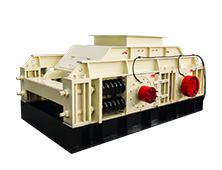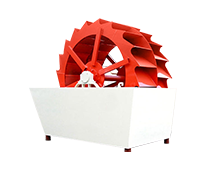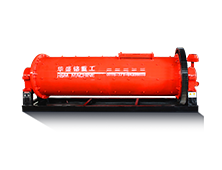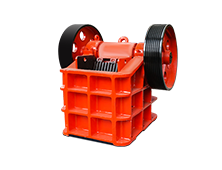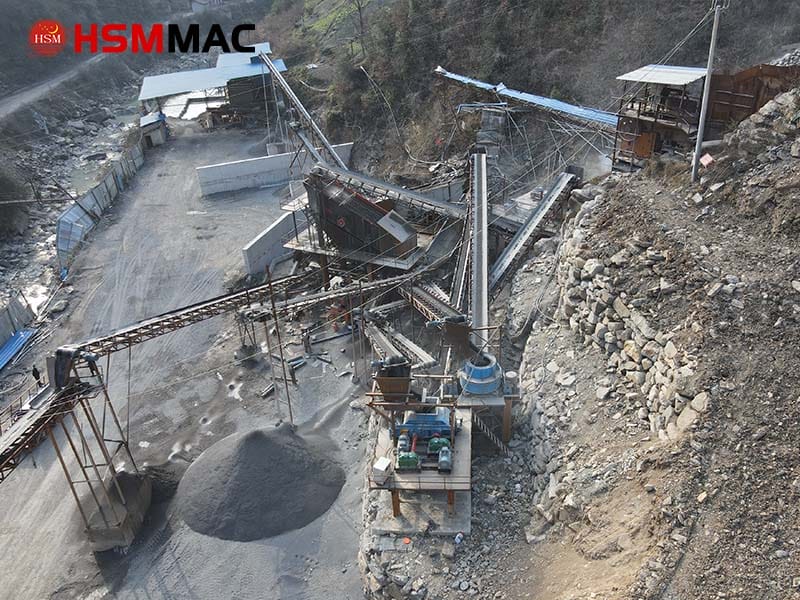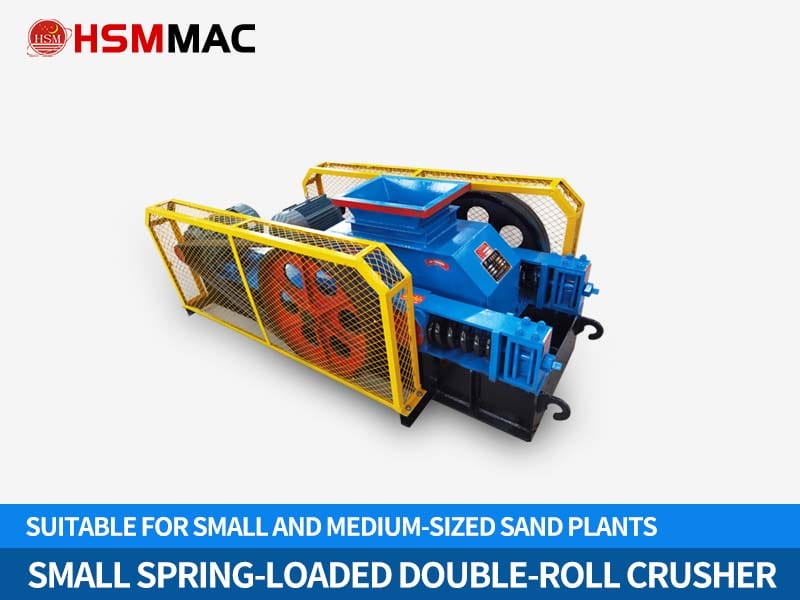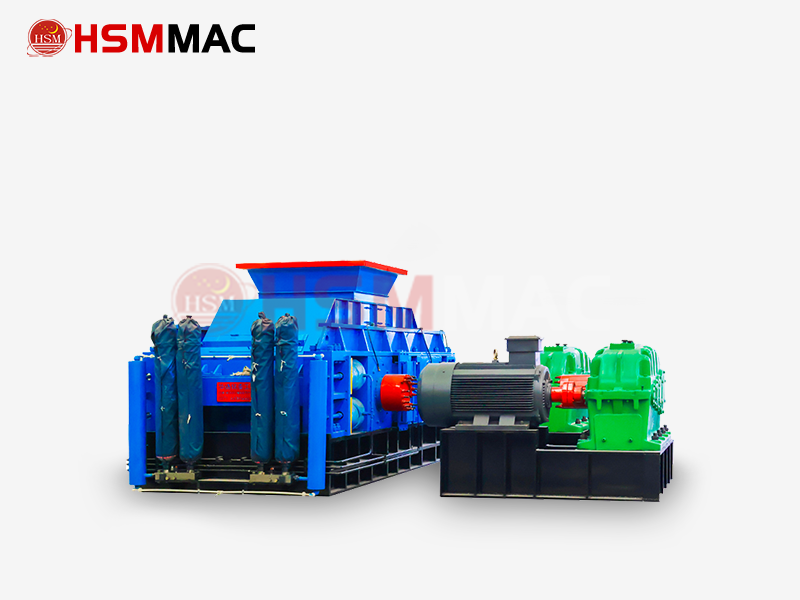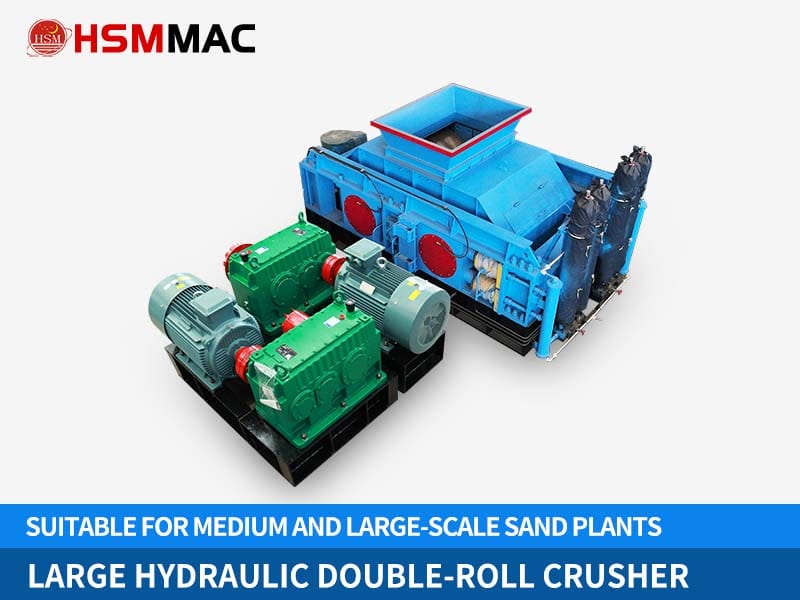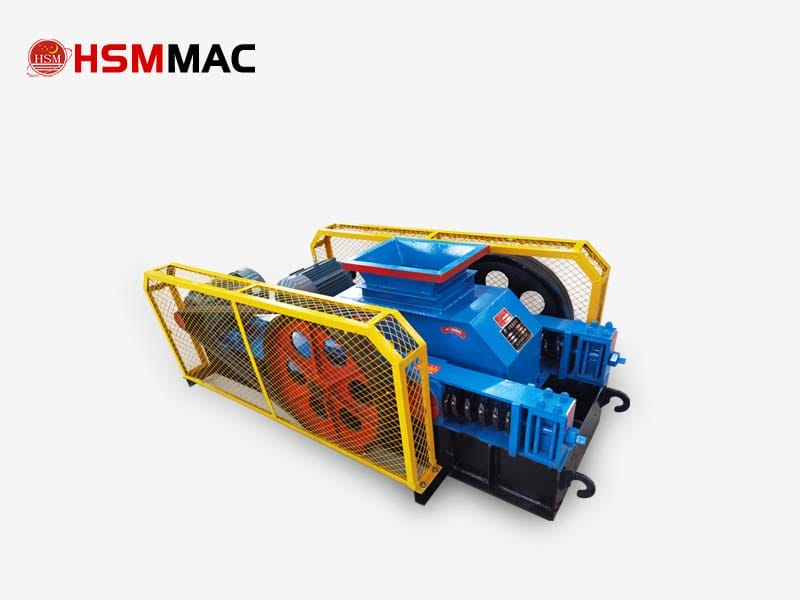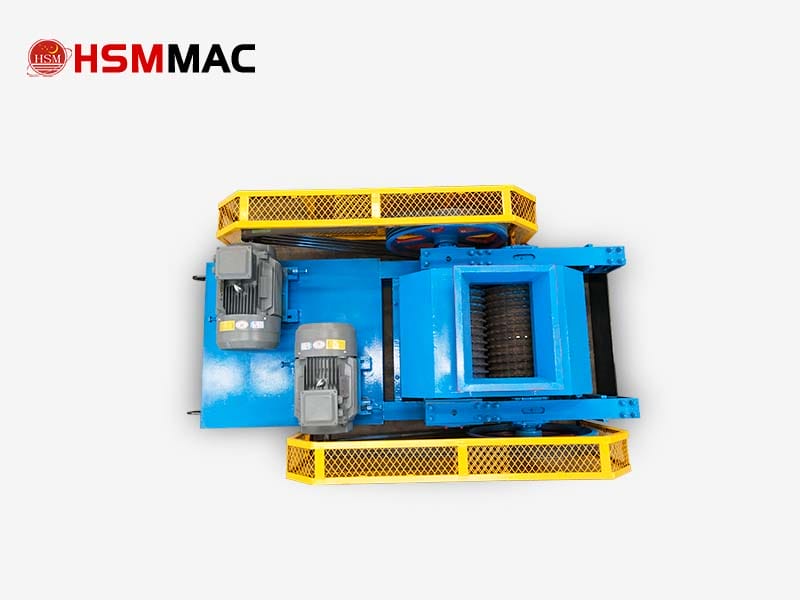Roll crusher is mainly classified according to the number of rolls, roll surface structure and rotational speed, the following are its specific types and characteristics:

I. Classification by Number of Rollers
Single-Roll Crusher
Structure: Composed of one crushing roller and a fixed liner plate. Material is crushed by compression between the roller and the plate.
Application: Coarse or medium crushing of medium-hard materials (e.g., limestone, slag).
Double-Roll Crusher
Structure: Two horizontal rollers rotate toward each other, crushing material via compression or shearing. Includes smooth-roll and toothed-roll types.
Smooth-Roll: Smooth or grooved surface, relying on compression and grinding. Suitable for medium-fine crushing (e.g., clay, coal).
Toothed-Roll: Serrated surface, crushing via splitting and tearing. Ideal for brittle materials like coal and coke.
Advantages: Simple structure, low over-crushing rate, uniform particle size.
Four-Roll Crusher
Structure: Combines two pairs of rollers—front pair for coarse crushing, rear pair for fine crushing—equivalent to two double-roll crushers.
Features: Two-stage crushing for finer output (e.g., coal/coke fine crushing).
II. Classification by Roller Surface Structure
Smooth-Roll Crusher
Smooth surface crushes via compression/grinding. Suitable for medium-hard materials (e.g., cement clinker, limestone).
Toothed-Roll Crusher
Serrated surface enhances shearing force. Includes:
Double-Toothed Roll: Mechanical spring type (2PCM), adaptable for coarse/medium teeth based on material.
Four-Toothed Roll: Combines two double-toothed roll crushers.
Advantages: High crushing ratio (5–8), sensitive overload protection, ideal for impure materials (e.g., raw coal with gangue).
III. Classification by Rotational Speed
High-Speed
Roller speed: 4–7.5 m/s. Efficient for brittle materials.
Low-Speed
Roller speed: 2–3 m/s. Traditional compression crushing with higher noise.
Differential-Speed
Rollers rotate at different speeds. Handles sticky materials (e.g., wet coal), reducing clogging.
IV. Special Types
Hydraulic Roll Crusher: Uses hydraulic systems to adjust roller spacing, precisely controlling output size with easy maintenance.
Screening-Crushing Integrated Machine: Combines screening and crushing; pre-screens qualified material to reduce energy consumption and wear (feature of modern toothed-roll crushers).


